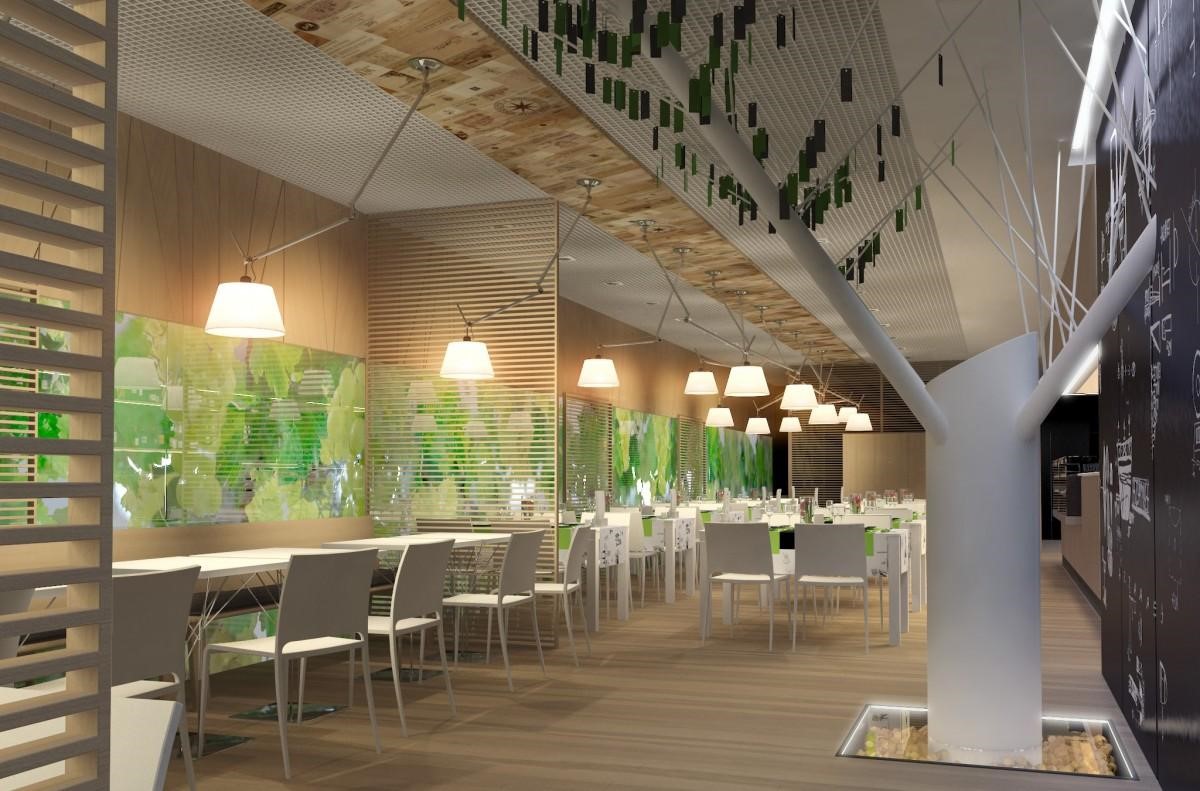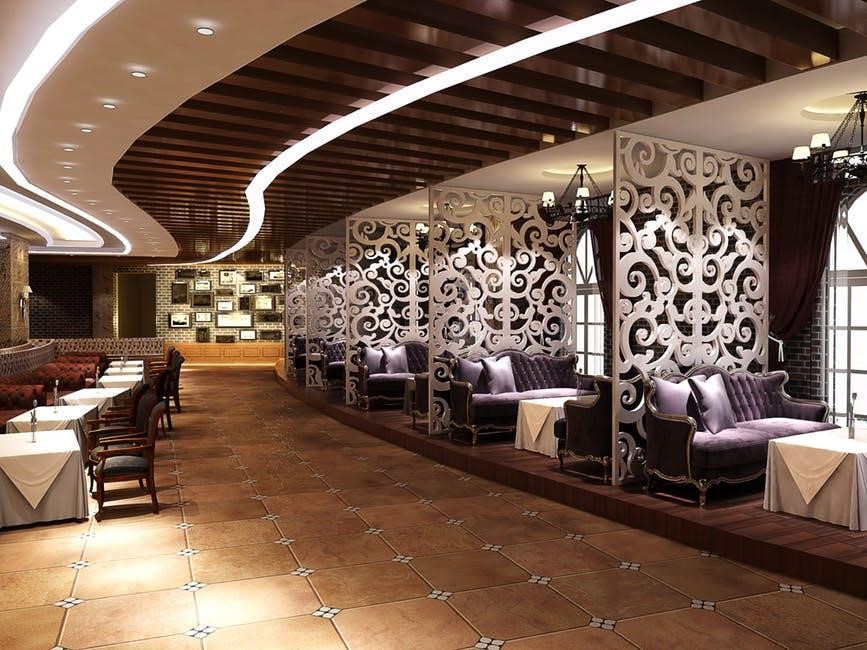When you’re deciding where to go to eat out, you may not realise that in fact your favourite restaurant has actually chosen you by creating a design which appeals to you on many levels. Such is the importance of restaurant design that specialist architects and interior designers are brought in as a matter of course to advise restaurant owners, from fast food joints to owner managers’ setups or the latest offerings from Michelin-starred chefs.

In fact, there are even awards specifically geared towards this area of the hospitality industry, with https://restaurantandbardesignawards.com/ being a good place to go to check out recent winners’ designs for inspiration.
Telling the Story
Wherever an outlet sits on the luxury vs. speed continuum, every restaurant tells its story through its design, and we’re not just talking about nationality-based themes like Mexican or Thai outlets. The concept behind the restaurant is what inspires and informs the design so that customers understand and engage with the brand without realising that this process is taking place. Restaurant owners need to make sure that they ensure that the design balances enough detail to convey the concept without turning into a pastiche. Lighting is incredibly important in a restaurant as is warmth which is why many companies and designers will enlist the services of a Cheltenham Double Glazing company to ensure that the right amount of natural light enters the restaurant as well as making sure that no heat is escaping from draughty windows.

Restaurant Operation
As well as looking wonderful and telling a story, the design of a restaurant has to take the practicalities of its operation into account. If the restaurant isn’t laid out in a seamless flow for both customers and employees, it won’t be a success. Are the staff able to move from the kitchen to the cold rooms easily? Can customers be served quickly without feeling like they’re in the middle of a complex gyratory system? For a restaurant to operate smoothly, the design needs to look at every stage of its operation in detail to avoid regrets later. The food preparation and storage areas are just as important in this equation as the bar and seating areas.
Once the structure of the restaurant has been agreed, you can move on to the finer points of interior design such as lighting, colour choices and furniture. Use the concept behind the restaurant as your benchmark and these choices will be easy to make, and every table in your restaurant will be your ‘best’ table.





